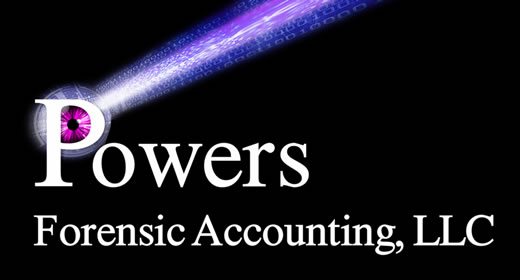Payroll Fraud: Is Your Payroll Robbing You?
By Chrissie A. Powers, CPA/CFF, CFE, CVA
Payroll fraud is a fraudulent disbursement scheme in which an employee causes an employer to issue payment by making false claims for compensation. According to the 2016 Report to the Nations, the median loss per fraudulent payroll scheme is $90,000, and it generally lasts 18 months before being discovered. The 2016 Report to the Nations, conducted by the Association of Certified Fraud Examiners, shows the industries hit most frequently by payroll fraud are the Construction Industry; Religious, Charitable or Social Services Industry; and the Government and Public Administrative Industry.
The payroll system is ripe for fraud because it is designed to disburse funds to employees and most organizations have a high volume of transactions. The fraudster could be located within the organization or be external. False documents, such as timecards or payroll records, are produced and a fraudulent disbursement is made to the employee. Payroll schemes are classified into three categories: falsified hours and salary, ghost employees, and commission schemes.
Falsified Hours and Salary
Since an hourly employee's paycheck is based upon the number of hours worked and the rate of pay, employers should watch for an increase in the number of hours claimed to have worked or an unauthorized increase in the employee's wage rate. A salaried employee's paycheck might show an unauthorized pay rate increase or the salaried employee may not charge enough vacation, sick or leave absences for time away from the job. Also, keep an eye out for more than one paycheck issued during a payroll cycle, as both hourly and salary employees would benefit from this manipulation.
Ghost Employees
A ghost employee is a fictitious employee added to payroll who doesn't work for the employer. The fraudster alters the payroll records, which could happen by reactivating a terminated employee, creating a ghost with a name similar to a current employee, or even using the name of an accomplice. Ghost employees are the most common of the three fraudulent payroll schemes. Be cautious of persons with authority to add new employees and don't rule out low level employees as potential suspects.
In order to spot a ghost employee, look for employees on payroll that don't use vacation time, sick time, holiday pay, or have discretionary withholdings, such as 401(k) contributions or health insurance. When it's pay day, a non-payroll department employee should distribute the checks and/or check stubs to a physical person. If there are any checks left over, this could mean a ghost employee is on the payroll.
Commission Schemes
To benefit from commission schemes, fraudsters will falsify the amount of the sale made, increase the employee's rate of commission or pay out the commission more than once on the same sale. Good internal controls will never allow sales staff access to payroll and personnel files, which is where the commission rate is maintained. Commissions should not be paid to the employee until the customer sale has been collected in full. It is also a good idea to verify the commission rates and calculation for accuracy and randomly sample customers to confirm sales. This should be performed by an independent person.
Fraudulent payroll schemes occur within organizations, but there are deterrence measures that can be put in place. If you have additional questions or concerns regarding payroll fraud, don't hesitate to contact us at 614-745-5192.
Reference: Report to the Nations - 2016 Global Fraud Study

Chrissie A. Powers, CPA/CFF, CFE, CVA
© 2025 Powers Forensic Accounting, LLC All Rights Reserved.
Site Composition by Expert Communication, Inc.
Website by Lemon Dog Project
